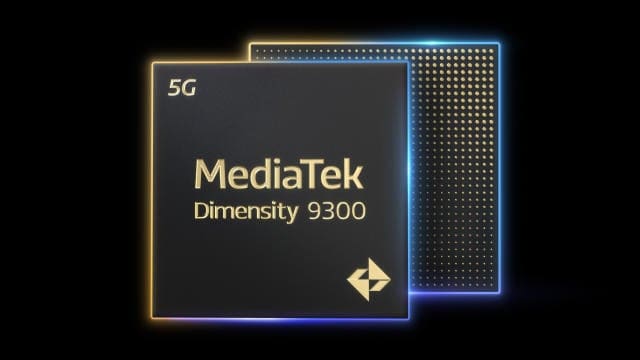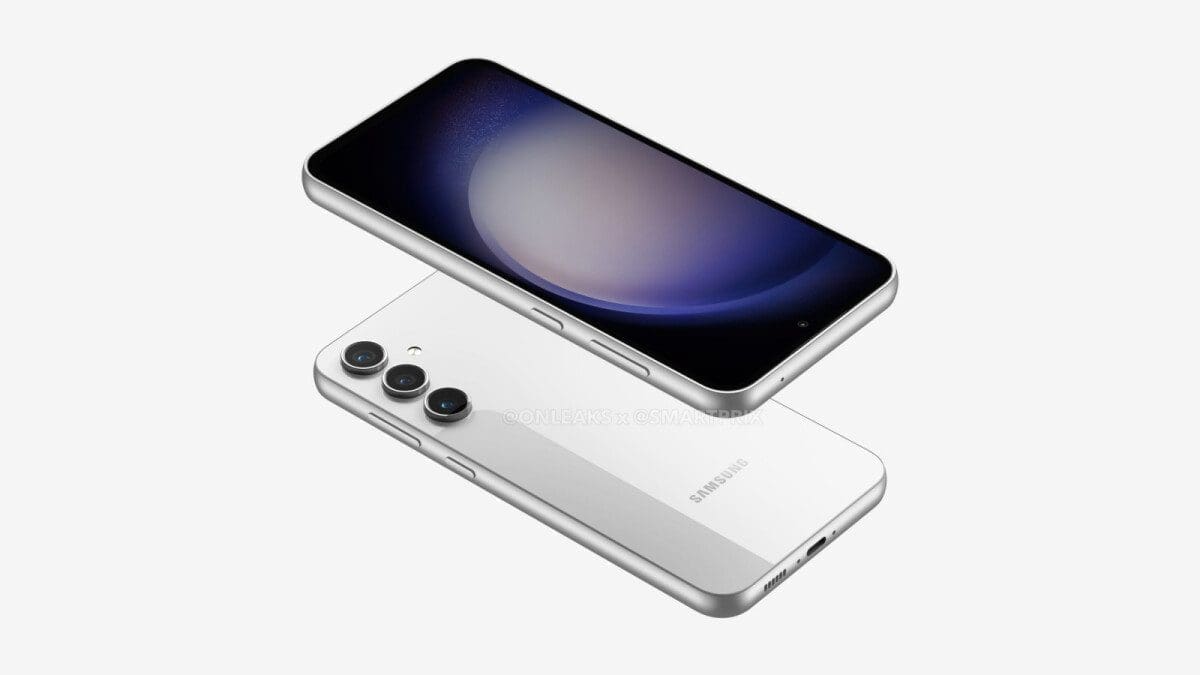The Dimensity 9300 application processor (AP) has a unique configuration made up of four Cortex-X4 Prime CPU cores and four Cortex-A720 Performance CPU cores. That means that there are no low-power Efficiency cores like the Cortex-A520. As a result, some were concerned about the Dimensity 9300 overheating especially when leakster Evan Blass reported that the chip overheated when running at its expected clock speeds. Chip designer MediaTek denied that this was true although Blass stuck by his source.
Just a few days ago, we told you that the Dimensity 9300 was put through a CPU Throttle Test that loaded the eight cores with up to 100 threads (each thread is a series of instructions given to the CPU) on the Vivo X100 Pro and the chip throttled its performance by 46% because of this. One of the chip’s cores dropped to a clock speed of .60GHz with other cores dropping to speeds ranging between 1.20GHz and 1.50GHz.

The Dimensity 9300 has four Prime CPU cores, four Performance CPU cores, and no low-power Efficiency CPU cores
MediaTek has already proven itself to be very defensive about the Dimensity 9300 AP and it calls the CPU stress test “flawed.” Per Phandroid, in a statement, the company said, “It is well known that all modern smartphones include thermal throttling to ensure the device temperature stays in an acceptable/safe range. A better way to use the CPU Throttle Test as a way to compare devices side by side, would be run the test with same device case temperature.”The statement adds, “With MediaTek’s big core CPU architecture, the Dimensity 9300 will achieve a much higher max & average score than the competitors if the testing is done correctly. In summary, the Dimensity 9300 will be able to deliver more computing performance across the span of the test.”
More important than a stress test is how the Dimensity 9300 CPU holds up in real life and it will interesting to see how the SoC and the phones that are packing it, like the Vivo X100 Pro, fare during real-world use.










